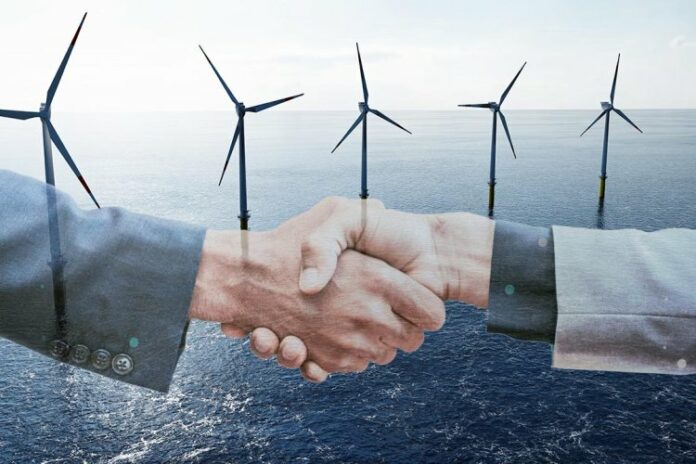The plan would target sites in the Pacific Ocean off the California and Oregon coasts, as well as in the Atlantic in the Gulf of Maine.
President Joe Biden hopes to deploy up to 15 gigawatts of electricity through floating sites by 2035, enough to power 5 million homes. The administration has previously set a goal of 30 GW of offshore wind by 2030 using traditional technology that secures wind turbines to the ocean floor.
There are only a handful of floating offshore platforms in the world — all in Europe — but officials said the technology is developing and could soon establish the United States as a global leader in offshore wind.
The push for offshore wind is part of Biden’s effort to promote clean energy and address global warming. Biden has pledged to cut greenhouse gas emissions in half by 2030. A climate-and-tax bill he signed last month would spend about $375 billion over 10 years to boost electric vehicles, jump-start renewable energy such as solar and wind power and develop alternative energy sources like hydrogen.
“Today we’re launching efforts to seize a new opportunity — floating offshore wind — which will let us build in deep water areas where turbines can’t be secured directly to the sea floor, but where there are strong winds that we can now harness,″ White House climate adviser Gina McCarthy said at a news conference Thursday.
Deepwater areas in the Pacific especially have potential to vastly expand offshore wind energy in the U.S., McCarthy and other officials said.
McCarthy acknowledged that the floating technology is at an early stage. But she said “coordinated actions” by federal and state officials, working with the private sector, can position the U.S. “to lead the world on floating offshore wind and bring offshore wind jobs to more parts of our country, including the West Coast.″
Two pilot projects are planned off the north and central California coast, and a third is planned in southern Oregon, officials said.
The Energy Department announced nearly $50 million, including funding from the bipartisan infrastructure law Biden signed last year, for research, development and demonstration work to support floating offshore wind platforms. Officials aim to cut the cost of floating offshore wind energy 70% by 2035, to $45 per megawatt hour, Energy Secretary Jennifer Granholm said.
Emerging technology for floating platforms “means there’s real opportunity for greater energy security,″ affordability “and course tens of thousands of good-paying in-demand jobs,″ such as electricians, engineers, ship builders and stevedores, Granholm said.
Source: AP News



